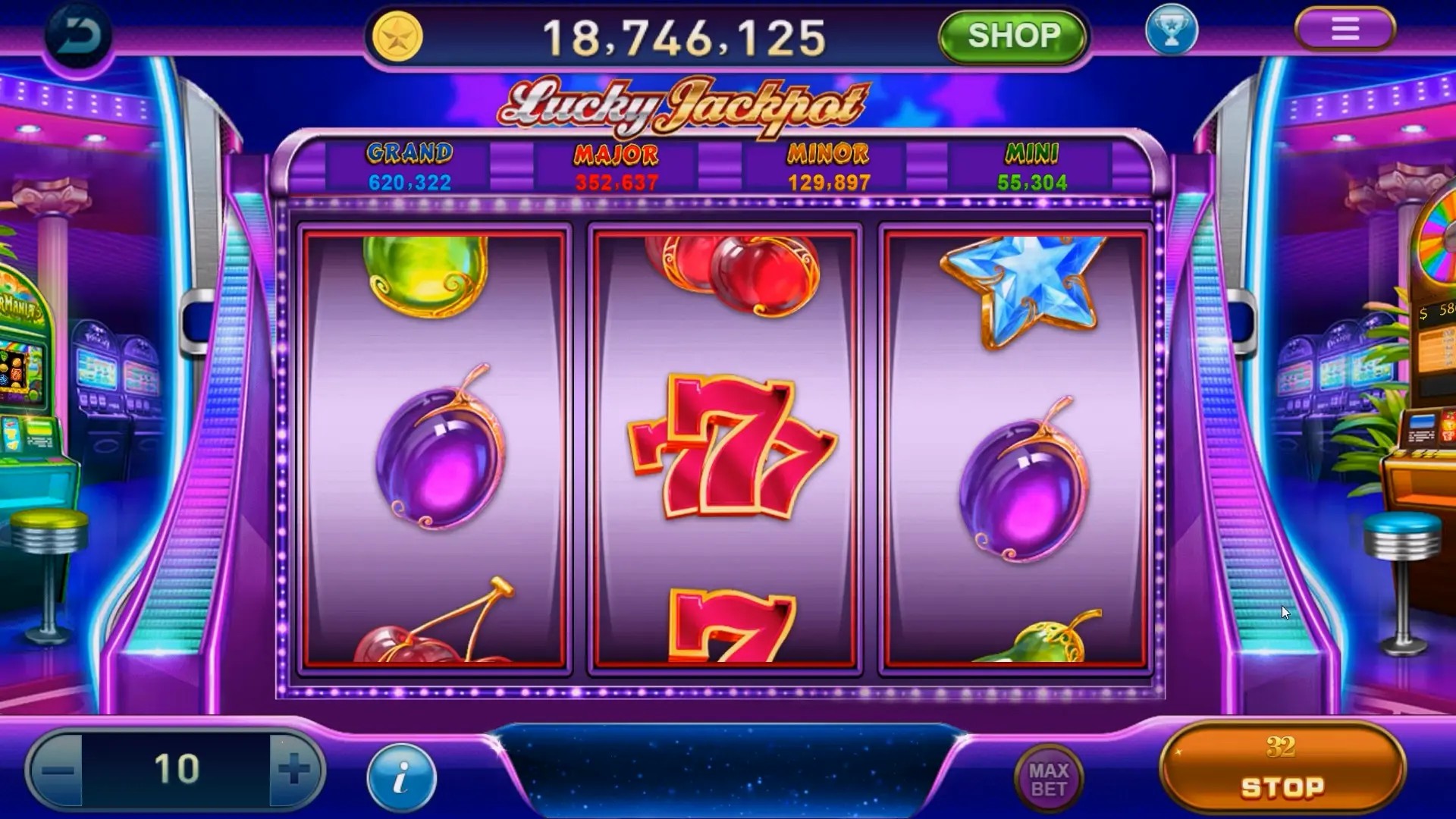Why Hyper Casual Games Are Taking the Gaming World by Storm: Trends and Insights
In recent years, the gaming industry has witnessed various trends that have reshaped the landscape. Among these, hyper casual games have emerged as a significant trend that cannot be ignored. Their simple mechanics and instant gratification have resonated with players worldwide. This article delves into the reasons behind the rise of hyper casual games and offers insights into this booming sector of the gaming universe.
Understanding Hyper Casual Games
Hyper casual games, as the name suggests, are simplistic in design and easy to play. They require minimal tutorials and can be picked up quickly by any player. Unlike traditional games, they often have short play sessions, making them perfect for mobile gamers on-the-go.
- Simple mechanics
- Short play sessions
- Instant gameplay
- Free with ads
Key Characteristics of Hyper Casual Games
There are certain traits that define hyper casual games:
- Accessibility: With games like UNO gaining popularity, players can easily join matches without hurdles.
- Engagement: The easy-to-understand nature keeps players engaged for longer.
- Social Interaction: Multiplayer options foster a sense of community among players.
The Demographics of Hyper Casual Gamers
Who plays hyper casual games? Surprisingly, they attract a broad demographic:
| Demographic | Percentage |
|---|---|
| Age 18-24 | 35% |
| Age 25-34 | 30% |
| Age 35+ | 35% |
Trends Leading to the Surge in Popularity
Various trends have contributed to the increased popularity of hyper casual games:
- Mobile Gaming Boom: The rise in smartphone usage has opened doors to quick gaming experiences.
- Social Media Influence: Games that go viral on platforms like TikTok or Instagram quickly gain traction.
- Minimalist Design Aesthetic: The simple visuals appeal to a wide range of audiences.
Case Study: Successful Hyper Casual Games
Diving into specific examples showcases what makes these games tick:
- Helix Jump: An addictive game where players navigate a bouncing ball through a colorful tower.
- Flappy Bird: Although not a classic hyper casual game, its simplicity made it wildly popular.
- WormsZone.io: A social game that builds a community around simple, competitive play.
Challenges Facing Hyper Casual Game Developers
While the hyper casual game genre is thriving, developers face several challenges:
- Monetization: Finding a balance between ads and user experience can be tough.
- Crowded Market: Standing out among numerous similar games can be a Herculean task.
- Player Retention: Keeping players engaged after the initial interest can prove difficult.
The Role of Data in Driving Success
Data analysis plays a crucial role in the hyper casual gaming industry, helping developers understand player behavior:
- Player Retention Rates: Understanding how long players stick around provides valuable insights.
- In-game Behavior: Observing how players interact can inform future game design.
- Feedback Loop: Continuous player feedback helps developers refine their offerings.
Future of Hyper Casual Games
So what's next for hyper casual games? The future looks bright, but there are some trends to keep an eye on:
- Integration with VR/AR: Expanding the gaming experience beyond flat screens could attract a new audience.
- Cross-Platform Play: Bridging gaming platforms allows for a larger player base.
- Enhanced User Engagement: Adding layers of storytelling and progression could enrich the gaming experience.
The Impact of Social Features
As hyper casual games continue to evolve, social features are becoming more significant:
- Sharing Achievements: Players enjoy showcasing their scores on social media.
- Inviting Friends: Multiplayer features encourage sharing the game with friends.
- Community Events: In-game events can foster a sense of community and friendly competition.
The Appeal of "Potato Games"
Interestingly, there’s talk about "potato games"—intentionally simple and amusing games that cater to players looking for a good laugh. These games fall into the hyper casual category but rely more on humor than competition.
Conclusion
Hyper casual games are more than a fleeting trend; they represent a new paradigm in gaming that emphasizes accessibility and instant gratification. Understanding their mechanics, the market dynamics, and player preferences will ensure that developers and marketers alike can capitalize on this booming genre. Whether you're a developer, marketer, or gamer, keeping an eye on hyper casual games could pay off tremendously.



